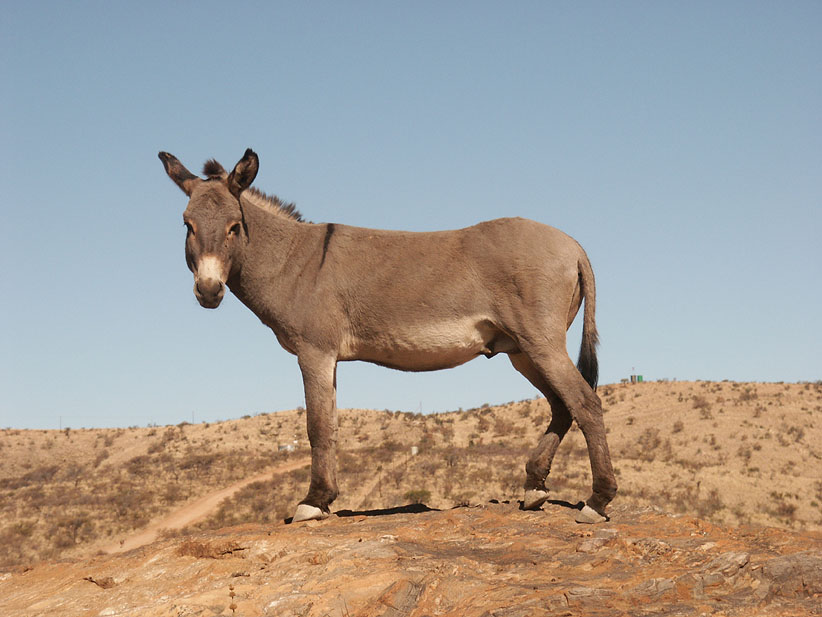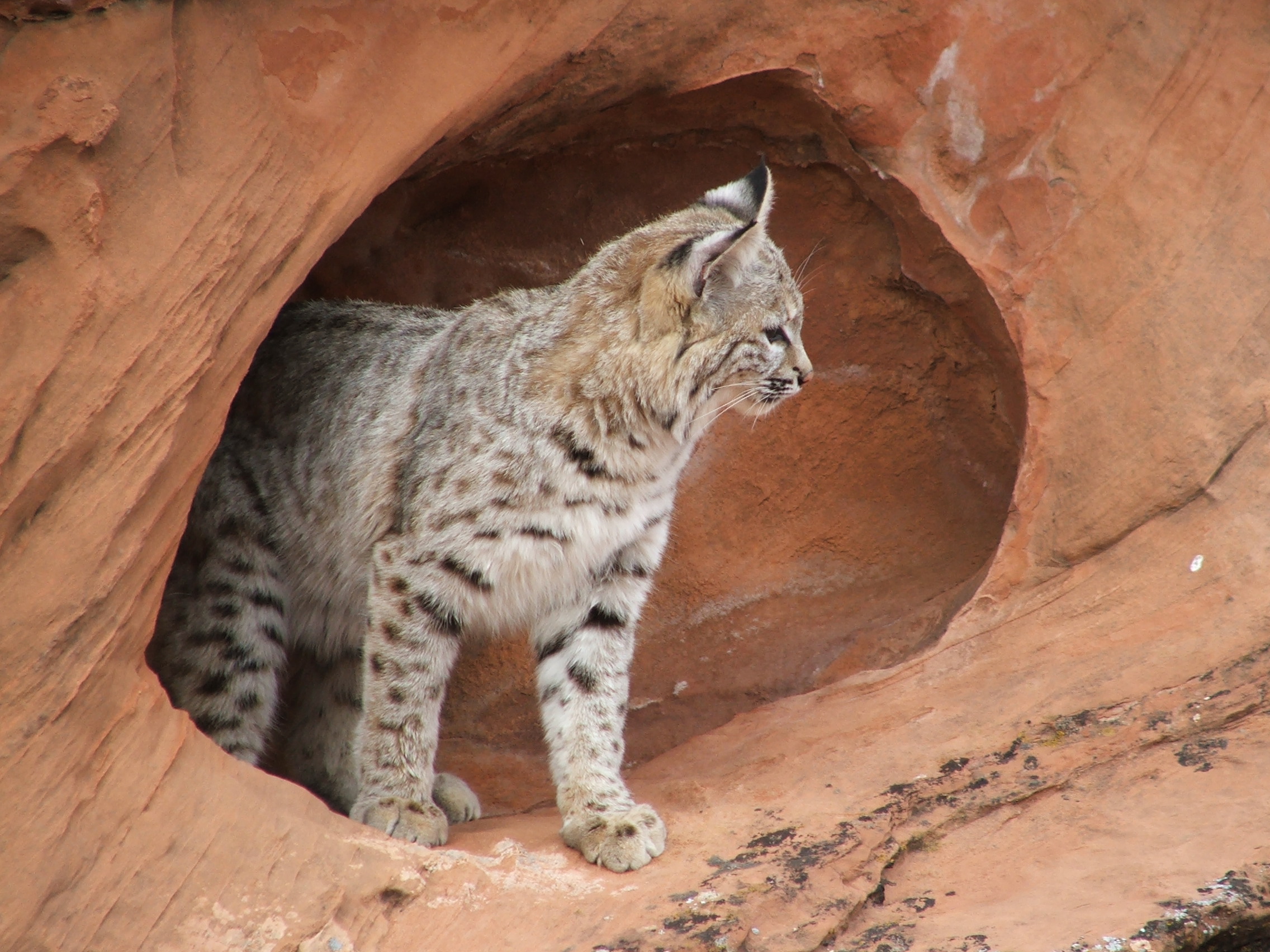Mojave Desert Animals Adaptations

Throughout the winter, from october to april, the desert monitors will hibernate in the burrows.
Mojave desert animals adaptations. Many desert animals avoid extremes of heat or cold by avoiding those conditions in subterranean or vegetative cover sites, and only being active for relatively short periods of time on a daily. The mojave desert happens to be one of the most visited tourist destinations in the. The ability to store water;
They do so by eating a broad diet. Crotalinae (the pit vipers) where found: Some of the most peculiar animal adaptations that you get to see in mojave desert are enlisted below:
The mammals are the class of vertebrate animals primarily characterized by the presence of mammary glands in the female which produce milk for the nourishment of young; As with various other animals found here, even chuckwallas resort to typical desert animal adaptations to survive the arid conditions and stay active when the temperature reaches as high as 102°f. And which have endothermic or warm blooded bodies.
Most adaptations fall into three categories: Adaptations help desert animals to acquire and retain water, and to regulate body temperatures, which helps them… arizona desert animals with temperatures fluctuating between 120 °f during the day and 40 °f at night, survival in the scorching desert of arizona is definitely a herculean task, and yet, some animals… Lizards like mojave desert iguanas, western banded geckos, and banded.
Territorial males dominate other smaller males in their territory. Some notable mojave mammals are described below: Overview of the mojave adaptations.
The mojave desert is situated between the great basin desert to the north (a cold desert) and the sonoran desert to the south (a hot desert). The greater roadrunner (geococcyx californianus) is a bird species found in the great basin, sonoran, mojave, and chihuahuan deserts [10].it has several physiological adaptations well suited for arid desert environments, like a specialized nasal gland that allows it to remove excess salt from the water it consumes [10]. Desert snakes have to get used to the limited prey on offer around them.


















